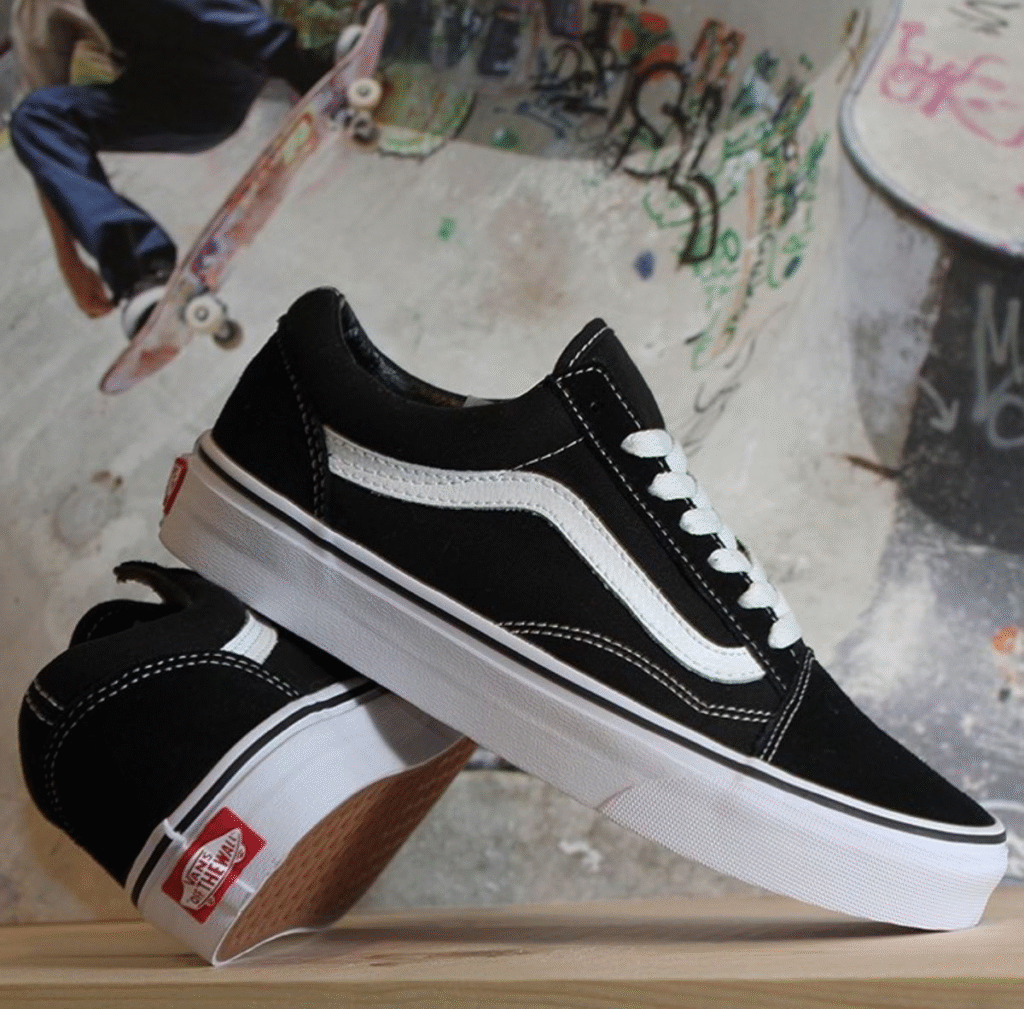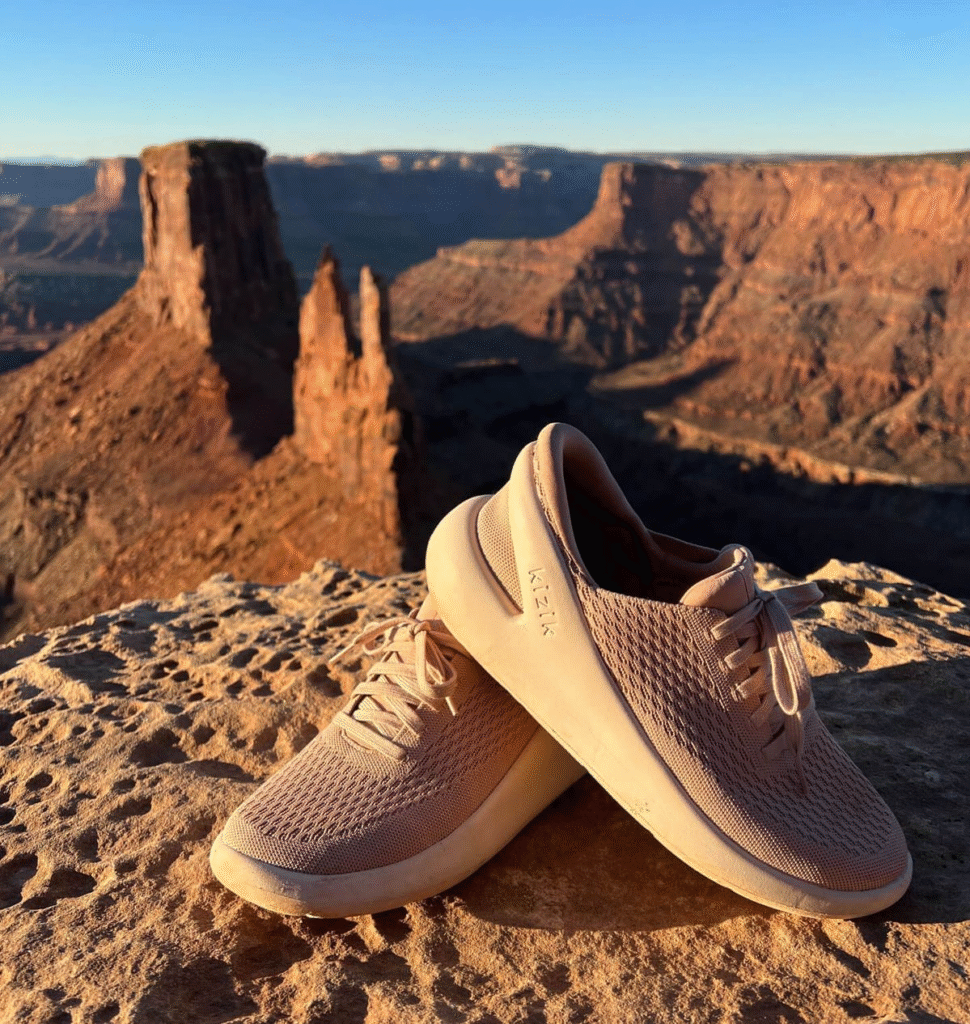
Table of Contents
How much should heavy-duty footwear weigh? This is an important question that arises immediately when looking at safety footwear, given the demanding work environment. Understanding the weight of these essential pieces of gear is crucial as it. Because it has a calming effect on work .
When should you choose steel-toe boots? suitable for heavy walking
Choosing the right footwear for your job is crucial, especially when safety is a top concern. Steel-toe boots are the superheroes of footwear in many industries because they offer extreme protection. Here’s when you definitely want to avoid steel-toe boots:
When you’re involve Working with electricity:

E d in industrial work: Think about construction sites, warehouses, and factories. These places are full of heavy objects, sharp objects, and potential hazards—heavy-duty boots are a great choice for your feet, so consider them.
- Construction and Carpentry: If you’re using hammers, operating power tools, or visiting construction sites, steel-toe boots are your best friends. They’re like a safety net, protecting your feet from falling objects and sharp tools.
- Outdoor adventures: Whether you’re hiking through rugged terrain or working in remote locations, steel-toed boots protect us from unpredictable weather –
- Transportation and logistics: If your job involves driving trucks, delivering packages, or working in busy warehouses, steel-toed boots are a game-changer. They protect your feet from heavy loads and moving equipment, keeping you safe and healthy.
- Operating heavy machinery: If you’re in charge of large machines like forklifts or loaders, you know that accidents can happen. Steel-toed boots provide extra protection against falling objects and machinery accidents.
How much should heavy-duty boots weigh? When you’re preparing for a job that requires rugged protection for your feet, the first question that comes to mind is: How much do steel-toed boots weigh? This is a valid concern because every moment counts when you’re on your feet for hours.
Let’s break it down into its basic components. Steel toe boots typically weigh between 3 and 5 pounds per boot, depending on size, style, and additional features. Now, you might be thinking, “That doesn’t sound like much,” and you’re probably saying yes, especially considering their level of protection. But when you wear them every day, those pounds can start to add up.
What to Look for in Shoes for Heavy Walking
When you’re walking a lot, the demands on your feet, joints, and muscles increase. Good walking shoes should help absorb shock, stabilize your foot, and remain comfortable over many hours. Here are the key features to prioritize:

| Feature | Why It Matters | What to Look For / Range |
|---|---|---|
| Cushioning / shock absorption | Each step creates impact. Good cushioning reduces stress on joints, joints & spine. | Thick, responsive midsole foam. Many walking / running-shoe models use EVA, TPU foams, or proprietary blends. |
| Support / stability | Especially if you overpronate (foot rolls inward) or have weak ankles, you need structure to prevent injuries. | A firm heel counter (back of shoe), midfoot shank, stability or motion-control features. |
| Good fit & roomy toe box | Your feet swell a little during long walks. Tight toes cause blisters, hot spots. | Leave a thumb’s width (~½ cm) space in front of your longest toe. Make sure the widest part of your foot aligns with the widest part of the shoe. |
| Durable outsole / good traction | Pavement, uneven terrain, wet surfaces — you want grip and long-lasting tread. | Rubber or durable compounds, multi-surface lugs/patterns. |
| Breathable & comfortable upper | So your feet don’t overheat and sweat too much, which can lead to blisters. | Mesh, engineered knit, and synthetic materials with ventilation. |
| Flexibility in right places | The shoe should bend at toes but resist too much in midfoot. | A bend point under the toes is good; but the midsole should remain stiff enough to maintain stability. |
| Weight | You don’t want the shoe itself to add a heavy burden. | Light-to-moderate weight shoes—a balance between cushion/support and weight. |
So, what factors contribute to the weight of steel-toe shoes? Let’s break it down:
- Materials:
- Sole Construction
- Insulation and Padding
- Boot Size and Style
What can you do to reduce the weight of your heavy steel-toe boots?

So, what can you do to reduce the weight of your heavy toe boots without sacrificing safety? Here are a few tips:
- Choose wisely:When choosing steel-toe boots, consider your specific needs and preferences. Look for boots with features that provide the right balance of protection, comfort, and weight for your use.
- Invest in quality: Quality craftsmanship and materials can make a big difference in the weight and performance of steel-toe boots. Invest in well-made boots from well-known brands for their comfort.
- Proper fit: Make sure your boots fit well and provide your feet with proper support. Ill-fitting shoes can be uncomfortable and can lead to blisters, sores, and other foot problems.

Conclusion
In reality, heavy-duty boots typically weigh between 3 and 5 pounds per boot, providing a good balance between protection and practicality. That’s why, while ignoring lightweight in materials and design, the boundaries of durable footwear are being pushed, providing options for workers who prioritize both protection and comfort.
So, the next time you find yourself wondering, “How much do steel-toed boots weigh?” remember that it’s not just about the number on the scale—
Read more about what is suitable for heavy walking.
FAQs – Shoes Suitable for Heavy Walking
1. What type of shoes are best for heavy walking?
Shoes with strong cushioning, durable soles, and good arch support are ideal for heavy walking. Look for models designed for long-distance comfort and stability.
2. Are running shoes good for heavy walking?
Yes, many running shoes work well for heavy walking because they offer shock absorption and lightweight comfort. However, ensure they have firm support and durable outsoles.
3. Should I choose memory foam or gel insoles for heavy walking?
Memory foam insoles provide soft comfort, while gel insoles absorb impact better. If you walk long distances, gel or hybrid insoles are usually more supportive.
4. How do I know if my shoes are suitable for heavy walking?
Check for features like thick midsoles, slip-resistant outsoles, breathable uppers, and secure lacing. If your feet feel supported after long walks, they’re suitable.
5. How often should I replace shoes used for heavy walking?
It’s best to replace them every 6–8 months or after 400–500 miles of walking, depending on how often and how hard you use them.

